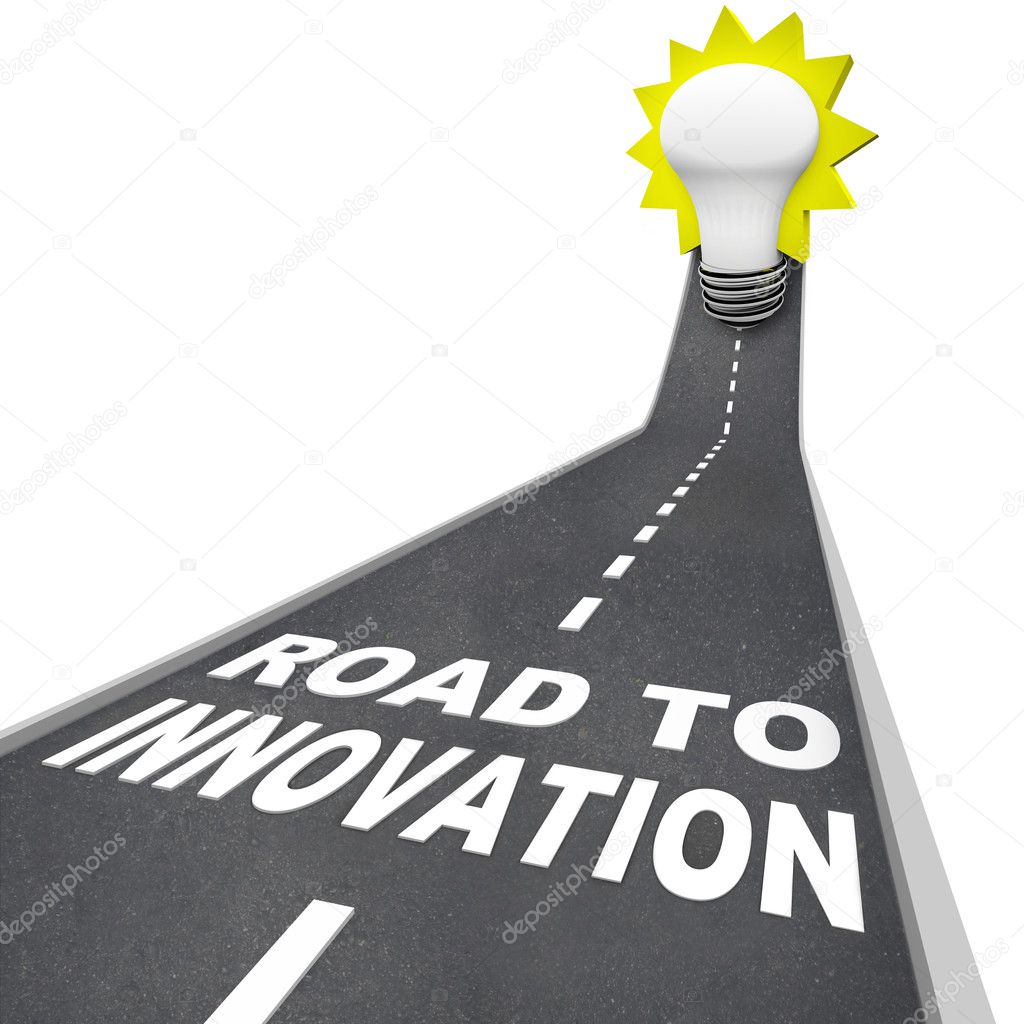Electric Motor Innovation: A Path To China-Independent Supply Chains

Table of Contents
Technological Advancements Driving Independence
China's current market share highlights the urgent need for innovative solutions in electric motor technology. To break this dependence, advancements beyond traditional permanent magnet motors (PM motors) are crucial.
Next-Generation Motor Designs
The reliance on PM motors, often incorporating rare-earth magnets sourced heavily from China, creates a vulnerability. Diversification is key. Several promising alternatives are emerging:
-
Switched Reluctance Motors (SRMs): SRMs offer significant advantages, including lower manufacturing costs due to the absence of rare-earth magnets. However, they can exhibit higher torque ripple and require sophisticated control systems. Ongoing research focuses on improving their efficiency and reducing noise.
-
Axial Flux Motors: These motors boast higher power density and torque compared to radial flux designs, making them ideal for electric vehicles and other high-performance applications. Design complexities and manufacturing challenges remain, but advancements are steadily addressing these issues.
-
Other Emerging Technologies: Research into other motor types, such as transverse flux motors and claw-pole motors, continues, promising further improvements in efficiency, cost, and performance.
Intellectual property (IP) protection is paramount. Robust domestic research and development (R&D) programs, coupled with strong IP laws, are essential for fostering innovation and preventing technological dependence. Companies like Siemens and Tesla are investing heavily in this area, demonstrating the importance of cutting-edge electric motor designs.
Improved Power Electronics and Control Systems
Efficient power electronics and advanced control systems are crucial for optimizing electric motor performance. This area offers significant opportunities for innovation:
-
Silicon Carbide (SiC) and Gallium Nitride (GaN) Semiconductors: These wide-bandgap semiconductors offer superior efficiency and power density compared to traditional silicon-based devices, leading to significant improvements in motor efficiency and reduced energy consumption.
-
Advanced Control Algorithms: Sophisticated control algorithms, including model predictive control (MPC) and artificial intelligence (AI)-based techniques, allow for precise control of motor speed, torque, and efficiency.
-
Software Development and Digital Twins: Utilizing digital twins for virtual prototyping and optimization can drastically reduce development time and costs while improving motor performance.
Strengthening Domestic Manufacturing Capabilities
Building robust domestic electric motor manufacturing capabilities is essential for achieving supply chain independence. This requires a two-pronged approach:
Investing in Domestic Production Facilities
Reshoring or nearshoring electric motor manufacturing provides numerous benefits, including reduced lead times, improved supply chain visibility, and increased job creation.
-
Government Incentives: Governments play a crucial role in incentivizing domestic production through tax breaks, grants, and other support programs.
-
Manufacturing Ecosystems: Building robust manufacturing ecosystems, including the development of supporting industries for components and materials, is vital.
-
Successful Reshoring Examples: Several countries are witnessing successful reshoring initiatives in the automotive and industrial sectors, demonstrating the feasibility of this approach.
Developing a Skilled Workforce
A skilled workforce is crucial for designing, manufacturing, and maintaining advanced electric motors. This necessitates a strong focus on education and training:
-
Training Programs: Investing in specialized training programs for engineers and technicians is vital for ensuring a steady supply of skilled labor.
-
Industry-Academia Partnerships: Close collaboration between universities and industry can bridge the gap between theoretical knowledge and practical skills.
-
Attracting and Retaining Talent: Creating attractive career paths and offering competitive salaries are essential for retaining talent within the sector.
Diversifying Raw Material Sourcing
Reducing reliance on critical minerals, many of which are currently sourced from China, is another key aspect of building resilient supply chains.
Reducing Reliance on Critical Minerals
Rare earth elements (REEs) are crucial for many types of electric motors, particularly PM motors. Minimizing dependence on these materials is crucial:
-
Alternative Materials: Research into alternative materials and magnet designs that reduce or eliminate the need for REEs is underway.
-
Recycling Technologies: Developing efficient recycling technologies for existing electric motors and their components can significantly reduce the demand for primary raw materials.
-
International Collaborations: Strategic partnerships and international collaborations can ensure access to diverse and reliable sources of raw materials.
Promoting Sustainable Sourcing Practices
Sustainable and responsible sourcing of raw materials is vital for environmental and social reasons:
-
Ethical Mining Practices: Promoting ethical mining practices and responsible sourcing certifications ensures that materials are sourced without harming the environment or exploiting workers.
-
Recycled Materials: Increasing the use of recycled materials in electric motor manufacturing minimizes environmental impact and reduces reliance on primary resources.
-
Sustainability Certifications: Adopting industry standards and certifications for sustainable sourcing can help build trust and transparency in the supply chain.
Conclusion
Creating China-independent electric motor supply chains requires a multifaceted approach encompassing technological innovation, strengthened domestic manufacturing capabilities, and diversified raw material sourcing. This requires substantial investment, strategic planning, and collaborative efforts between governments, industry, and academia. The future of resilient and secure electric motor supply chains hinges on embracing electric motor innovation. Governments and businesses must invest in research, development, and domestic production to achieve true independence and secure a sustainable future for this critical technology. Let's work together to build truly resilient and China-independent electric motor supply chains.

Featured Posts
-
 The Starmer Farage Immigration Showdown A Shift Towards Stricter Controls
May 05, 2025
The Starmer Farage Immigration Showdown A Shift Towards Stricter Controls
May 05, 2025 -
 Los Angeles Wildfires A Reflection Of Societal Attitudes Towards Betting On Calamities
May 05, 2025
Los Angeles Wildfires A Reflection Of Societal Attitudes Towards Betting On Calamities
May 05, 2025 -
 Uncomfortable Encounters Analyzing Blake Lively And Anna Kendricks Interactions Through Body Language
May 05, 2025
Uncomfortable Encounters Analyzing Blake Lively And Anna Kendricks Interactions Through Body Language
May 05, 2025 -
 The Value Of Middle Management Investing In Employees And Achieving Business Objectives
May 05, 2025
The Value Of Middle Management Investing In Employees And Achieving Business Objectives
May 05, 2025 -
 Oilers Vs Habs Your Morning Coffee Game Day Preview
May 05, 2025
Oilers Vs Habs Your Morning Coffee Game Day Preview
May 05, 2025
Latest Posts
-
 Anna Kendrick Shades Blake Lively At Another Simple Favor Premiere
May 05, 2025
Anna Kendrick Shades Blake Lively At Another Simple Favor Premiere
May 05, 2025 -
 Shell Crop Tops The Summer Trend You Need To Know
May 05, 2025
Shell Crop Tops The Summer Trend You Need To Know
May 05, 2025 -
 The Shell Crop Top Trend Inspired By Anna Kendricks Summer Style
May 05, 2025
The Shell Crop Top Trend Inspired By Anna Kendricks Summer Style
May 05, 2025 -
 Anna Kendricks Glittering Shell Crop Top A Fashion Editors Obsession
May 05, 2025
Anna Kendricks Glittering Shell Crop Top A Fashion Editors Obsession
May 05, 2025 -
 Anna Kendricks Shell Crop Top My Summer Must Have
May 05, 2025
Anna Kendricks Shell Crop Top My Summer Must Have
May 05, 2025
